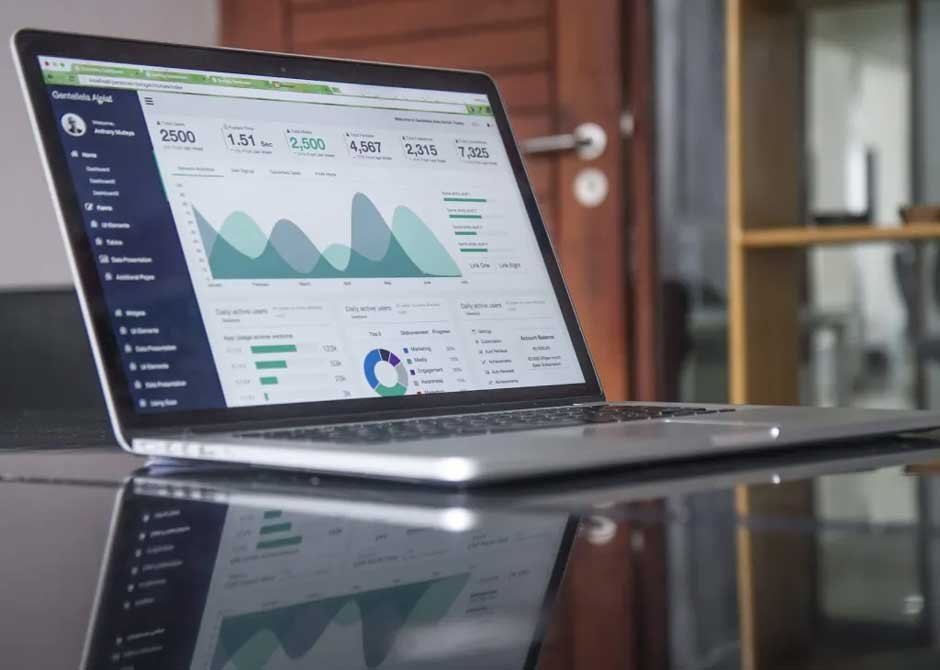Integrating Treasury Management Systems with SaaS Platforms: Enhancing Financial Operations
In today’s digital-first financial landscape, organizations are increasingly turning to Treasury Management Systems (TMS) to streamline financial operations, manage liquidity, and gain real-time visibility into their cash positions. However, the true potential of a TMS is unlocked when it’s seamlessly integrated with other Software-as-a-Service (SaaS) platforms, such as Enterprise Resource Planning (ERP), Accounts Receivable (AR), and Payables (AP) automation tools, forecasting engines, and banking portals.
This blog explores how integrating your treasury management system with SaaS platforms not only enhances operational efficiency but also supports smarter financial decision-making in real time.
Why Does Integration Matter in Modern Treasury?
Treasury functions no longer operate in isolation. In a fast-paced financial ecosystem, siloed systems lead to bottlenecks, manual errors, and delayed insights. Integration bridges the gap between treasury and other core financial functions, creating a unified infrastructure where data flows automatically and securely across systems.
Key benefits include:
- Improved cash visibility
- Automated reconciliation processes
- Accelerated forecasting and liquidity planning
- Stronger compliance and audit readiness
- Reduction in manual touchpoints and data duplication
The SaaS Advantage in Treasury
Modern SaaS platforms offer flexibility, scalability, and lower upfront costs compared to traditional on-premise software. When paired with a cloud-native TMS, they enable real-time API and file-based (SFTP/HEX) integrations, which are critical for:
- Real-time bank connectivity
- Dynamic cash flow forecasting
- Instant data aggregation from multiple sources
- Rapid onboarding of new business units, geographies, or banks
These capabilities empower treasury teams to act proactively instead of reactively, managing risks, opportunities, and regulatory requirements with agility.
Key SaaS Integrations that Enhance Treasury Management
-
ERP Integration
Connecting your TMS with ERP systems (like SAP, Oracle, or NetSuite) ensures a seamless exchange of financial data. This includes:
- Real-time updates on payables and receivables
- Accurate GL-level reporting
- Faster month-end close cycles
-
Bank Connectivity Platforms
Integration with banking APIs or SWIFT networks through SaaS gateways allows for:
- Real-time balance reporting
- Streamlined payment initiation
- Automated bank statement reconciliation
-
AR/AP Automation Tools
Treasury teams benefit from tighter collaboration with AR/AP processes. Integrations here can:
- Accelerate collections and optimize DSO
- Prioritize supplier payments for better cash utilization
- Improve working capital insights
4. Forecasting & BI Tools
Plug-and-play integration with forecasting and business intelligence platforms enables:
- Accurate, AI-driven cash flow forecasting
- Real-time scenario modeling
- Data-backed treasury strategies
Overcoming Integration Challenges
While the benefits are clear, integrating a TMS with SaaS platforms does come with challenges:
- Data standardization: Different systems have varied data structures, requiring normalization.
- Security and compliance: Data flows must adhere to regulatory and internal governance standards.
- Legacy infrastructure: Older systems may not support modern APIs or cloud architectures.
To overcome these hurdles, companies are increasingly relying on TMS vendors that offer:
- Pre-built connectors
- API-first architecture
- Strong partner ecosystems
- Secure integration frameworks
Conclusion
In a world driven by real-time financial intelligence, a standalone TMS is no longer sufficient. Integrating your treasury management system with SaaS platforms builds a connected financial infrastructure—one that empowers CFOs, treasurers, and finance directors to make timely, data-driven decisions with confidence.
Whether your organization is scaling globally or optimizing cash in a volatile economy, this integration-first approach is essential to transforming the treasury into a strategic business partner.






